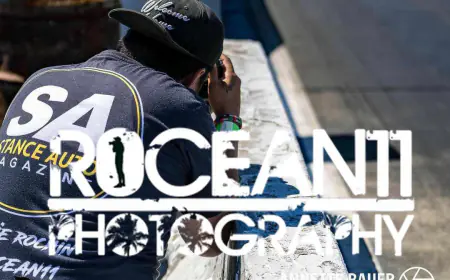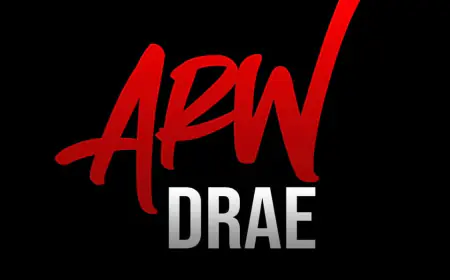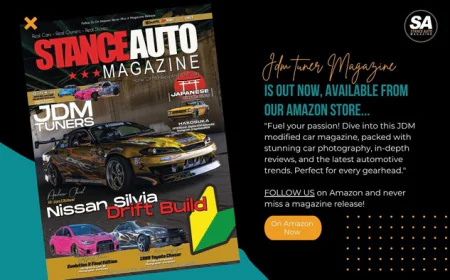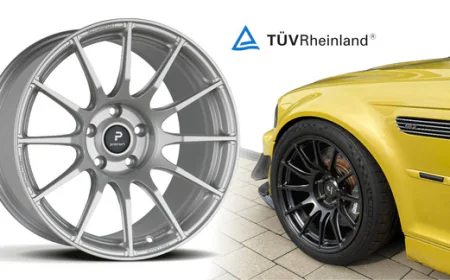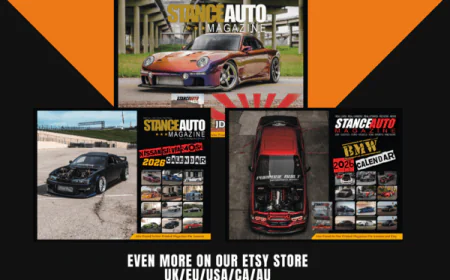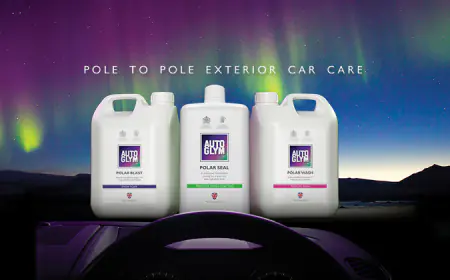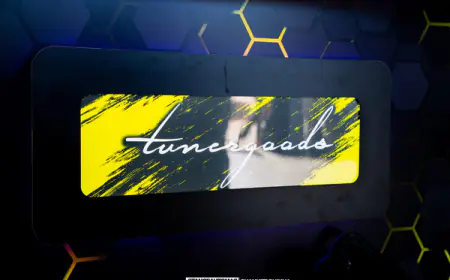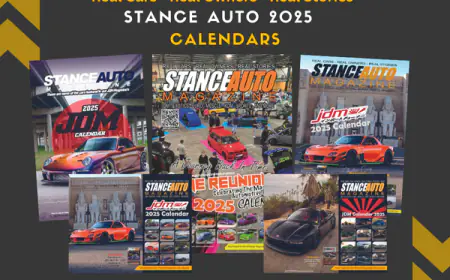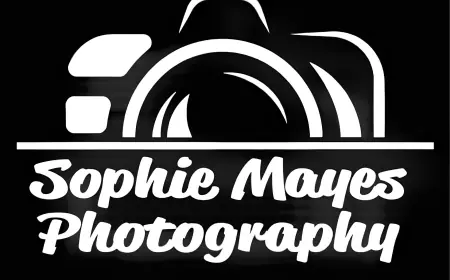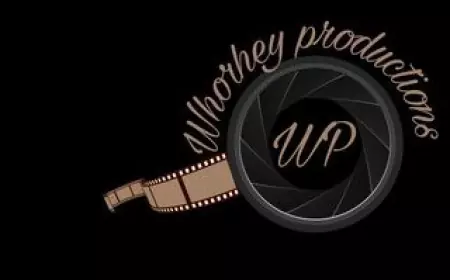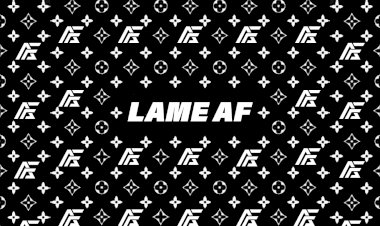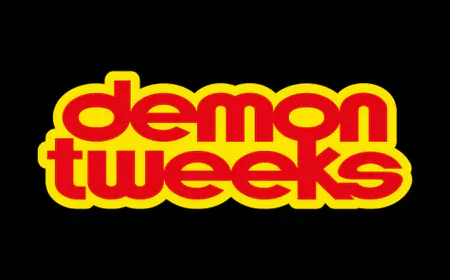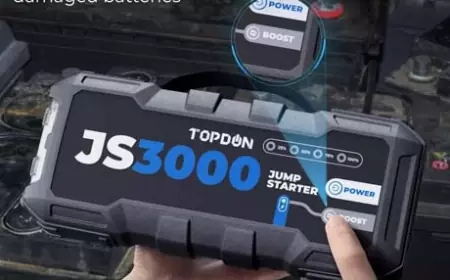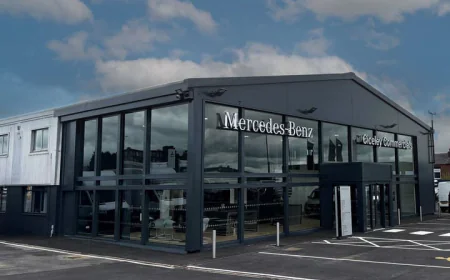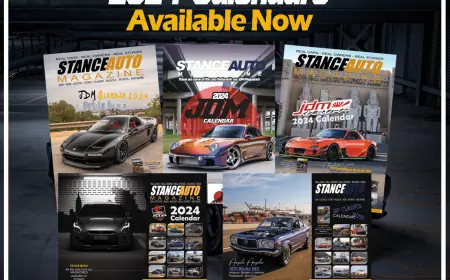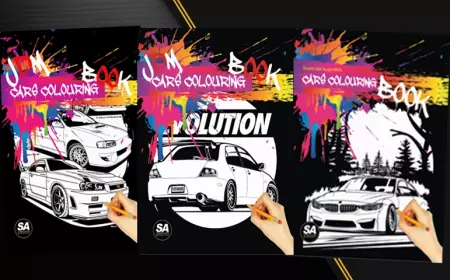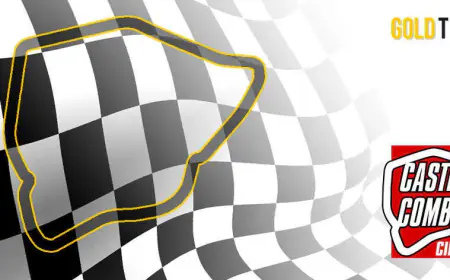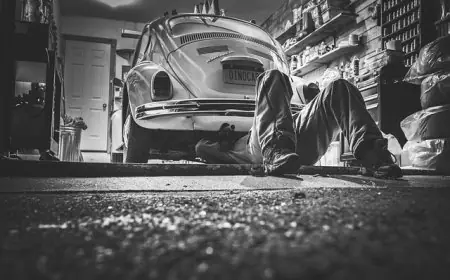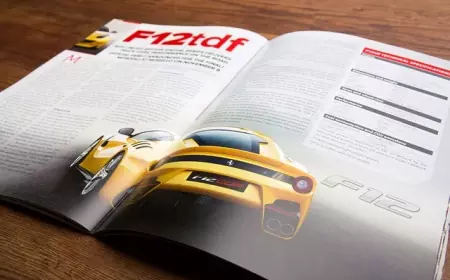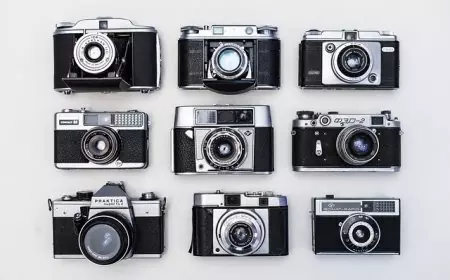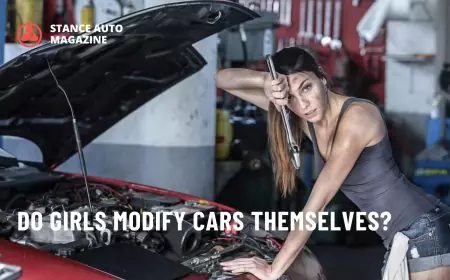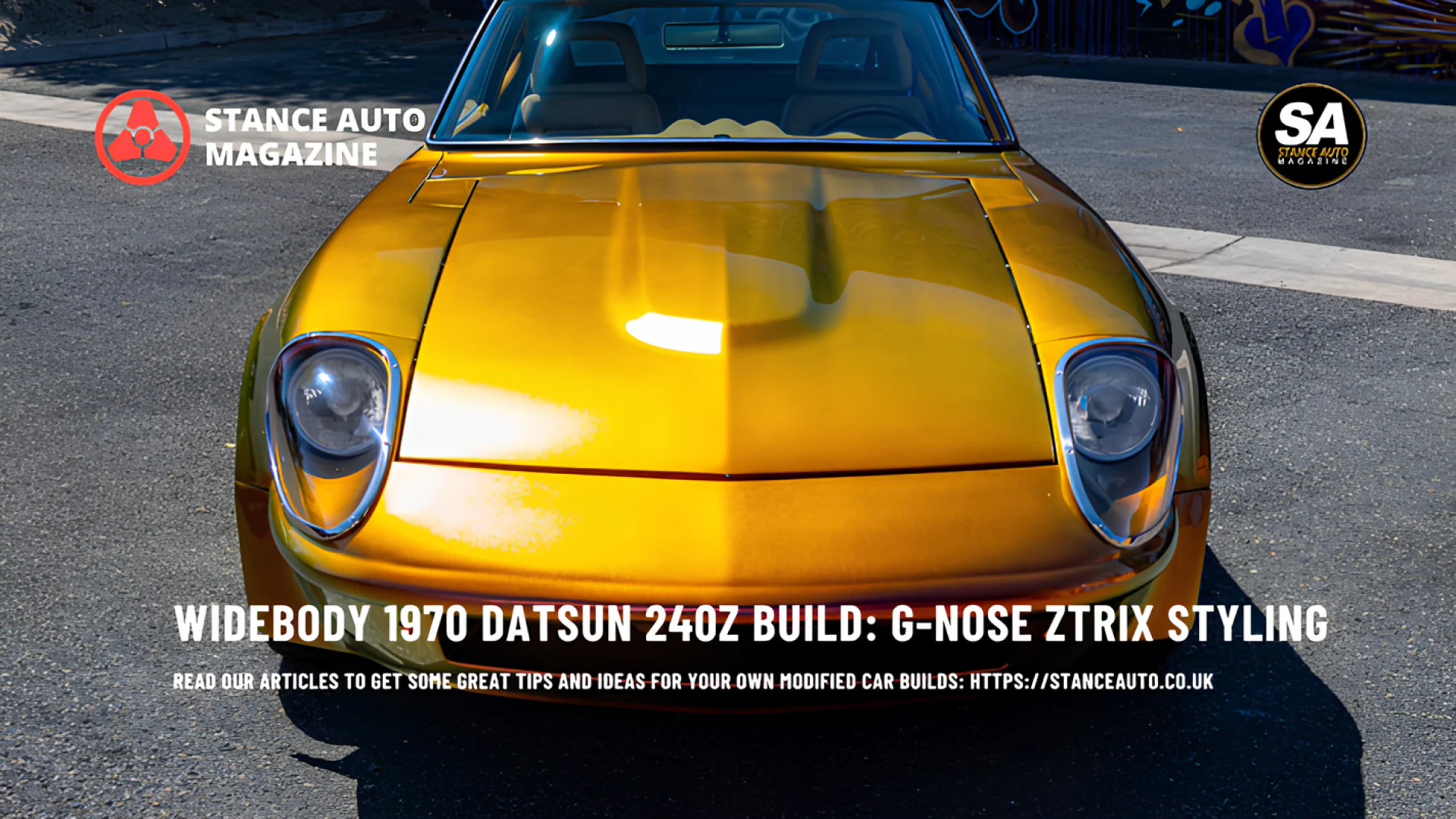What Are Takeovers? The Trend Threatening Car Culture
Street takeovers are taking over car culture — but what exactly are they, where did they start, and why are they destroying the scene we love? Let’s break it down.
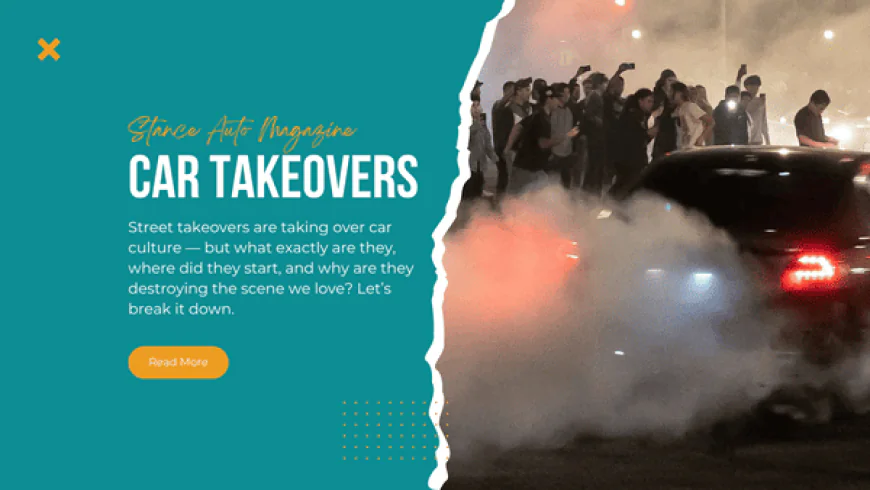
TL;DR
-
Street takeovers are illegal public gatherings where drivers block roads to perform stunts.
-
They’re fuelled by social media clout, not genuine car passion.
-
The takeover trend is damaging legitimate car culture and forcing event bans worldwide.
A Word We Never Wanted in Our Vocabulary
There was a time when “takeover” meant something positive — taking over a meet with stunning builds, fresh fits, or the loudest engine note. But in today’s car world, the word has taken on a darker meaning.
Ask any seasoned enthusiast, and you’ll hear the frustration: “It’s not us — it’s them.”
Them — the people turning car culture into chaos. But what are takeovers, really? Why did they explode so quickly? And why are they becoming one of the biggest threats to the community we’ve spent decades building?
The Birth of the Takeover Scene
Takeovers didn’t just appear overnight. Their roots trace back to the American West Coast, particularly the Oakland and Bay Area sideshows of the early 2000s. Back then, they were underground gatherings — late-night displays of driving skill and bravado, where locals would lock down an intersection for impromptu stunt sessions.
The difference was intent. Those early sideshows were raw but cultural — a form of street expression born from limited access to legal spaces. They weren’t about viral fame. They were about neighbourhood pride, adrenaline, and showcasing control behind the wheel. Fast forward twenty years, and social media has rewritten the rules.
Now, “takeovers” happen almost everywhere — from London to LA, Birmingham to Brooklyn — and they’re less about expression and more about attention.
The goal isn’t to show skill anymore. It’s to go viral.
What Exactly Happens at a Takeover?
A takeover typically begins with a coded social media post — a “drop pin” shared among private groups or Telegram chats. Word spreads fast. By midnight, hundreds of people gather. Within minutes, cars form a barricade around an intersection or parking lot.
Then the smoke starts.
Drivers swing their cars in tight, smoky circles, tyres screaming, headlights slicing through the haze as spectators flood the street to capture it all on their phones. There’s no safety barrier. No control. Just raw chaos — and that’s the appeal. It’s loud, dangerous, and hypnotic to watch. But it’s also illegal, and increasingly, deadly. In recent years, videos have surfaced of spectators being struck, cars losing control, and police vehicles rammed. Yet the clips rack up millions of views, spreading the myth that takeovers are the “real” underground car scene.
They’re not. They’re the counterfeit version — an imitation of passion that trades craftsmanship for clout.
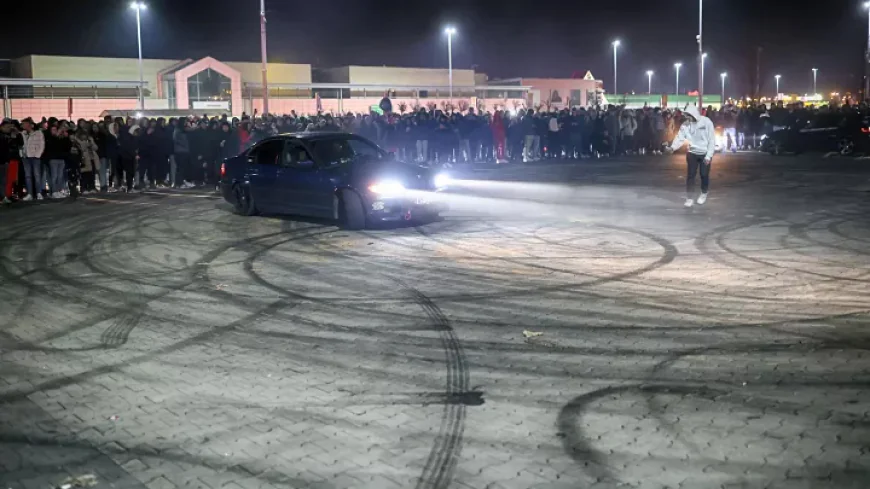
Why the Takeover Trend Exploded
It’s impossible to understand takeovers without understanding the algorithm.
Social media platforms reward engagement — and chaos engages. A carefully shot video of a pristine build might earn a few thousand likes, but a 15-second clip of someone doing donuts in a crowd? That’s guaranteed viral territory.
Every share, every view, every comment saying “this is wild” pushes the next event to go even bigger, even riskier.
There’s also a generational factor at play. Many younger drivers grew up idolising fast, flashy stunts from games and films, but never had access to proper tracks or drift nights. Combine that with rising costs, fewer venues, and social pressure to be seen, and takeovers become the easy — if dangerous — outlet. But what feels like freedom is actually a trap. Every time a takeover goes viral, authorities tighten restrictions on everyone. Real car meets get cancelled. Organisers lose venues. Insurance costs rise. And the people who just wanted to celebrate builds are the ones who suffer most.
The Anatomy of a Takeover
Let’s break down what typically happens when a takeover goes down:
-
Announcement: A coded message circulates online, hinting at a time and place. “Drop tonight. Bring smoke.”
-
Setup: Dozens of cars block off roads, forming a ring to contain the chaos.
-
The Show: Drivers slide, burnout, and drift dangerously close to spectators. Fireworks, music, shouting — total sensory overload.
-
The Fallout: Police arrive. Cars scatter. Arrests follow. Someone gets hurt. The clips hit social media within hours.
It’s a cycle that repeats itself weekly, sometimes nightly, across multiple cities.
As one Reddit user described in the OutOfTheLoop discussion, “It’s like watching a car meet cross paths with a riot.”
The Line Between a Car Meet and a Takeover
Here’s the part that frustrates enthusiasts the most — outsiders can’t tell the difference anymore.
A properly organised meet, like those featured on Stance Auto Magazine, is about respect — for the venue, for other people’s cars, and for the craft. It’s where photographers, families, and builders gather to share a mutual love of machinery.
A takeover, on the other hand, has no respect for space or safety. It hijacks the same imagery — night lights, modified cars, the crowd energy — but removes the soul. It’s cosplay car culture. Loud, reckless, and empty. When the two get confused, everyone loses. Police start targeting static meets. Councils revoke event permits. Businesses stop offering sponsorships. And that’s exactly why the true car community is fighting back — to reclaim the scene before takeovers burn it down completely.
Real-World Consequences
In December 2024, the Police Executive Research Forum published an eye-opening report on the rising dangers of takeovers. They found that not only are these events spreading rapidly, but they’re also becoming more violent.
Officers reported being attacked while trying to break up crowds. Vehicles have been used as weapons. Some takeovers even feature coordinated distractions — fireworks or smoke bombs — to delay police response. And while most coverage focuses on the U.S., the U.K. isn’t immune. Police in Birmingham, Manchester, and London have begun deploying drones and traffic cameras to monitor potential takeover spots. New legislation allows for instant vehicle seizures if caught participating.
It’s a new level of enforcement — one that legitimate enthusiasts are now caught up in.
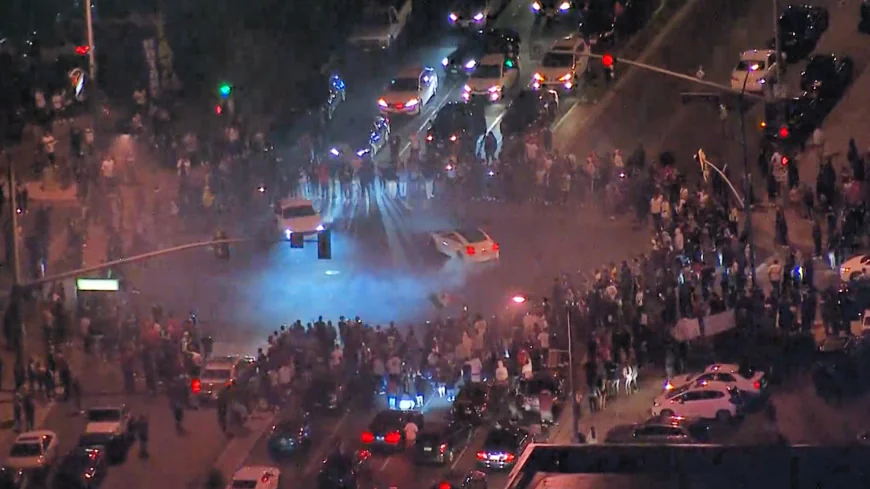
When Takeovers Hijack Real Events: Slammedenuff Gatlinburg
Perhaps the most heartbreaking example of takeover culture infecting the mainstream came in 2023 when the legendary Slammedenuff Gatlinburg show — a long-running, respected event — had to shut down midweekend.
Organisers and attendees were devastated. The takeover crowd had swarmed nearby streets, leading to police intervention and the event’s cancellation. Years of reputation-building undone in a single night.
That’s what’s at stake. Each time this happens, it’s not just a lost event — it’s a blow to the credibility of the entire scene.
What Drives People to Takeovers?
Understanding motivation doesn’t excuse the behaviour, but it helps explain it.
Many takeover participants aren’t seasoned enthusiasts. They’re newcomers drawn to the noise, the risk, and the instant recognition that car culture appears to offer. But without the foundation of respect, patience, and craftsmanship, they end up mimicking only the surface. In some ways, takeovers have become a distorted reflection of a deeper truth: people crave belonging. The car scene offers that — or used to. But as organised spaces shrink and online validation grows, the line between belonging and notoriety blurs.
The Fight to Reclaim the Scene
Thankfully, the tide is turning.
Across the U.S. and U.K., car communities are uniting under a shared mission — to educate, organise, and protect.
Some groups now host “Takeover-Free” events, with security, insurance, and strict entry rules. Others are collaborating with local councils to secure closed venues where enthusiasts can push limits safely. In online forums and community chats, people are speaking out, calling for accountability and respect. The message is clear: real car culture doesn’t need chaos to be exciting. Platforms like Stance Auto Magazine have taken a firm stance too — promoting stories of genuine builders, photographers, and organisers who represent what this culture should be: creative, inclusive, and responsible.
The Role of Media and Influencers
Let’s be honest — the media helped fuel this mess.
Clickbait headlines and sensational videos drive traffic. Influencers film from within the chaos for views. Every share, every “wow,” every repost rewards bad behaviour. That’s why it’s crucial for automotive media — from YouTubers to magazines — to shift the narrative. Highlight the artistry, not the anarchy. Showcase the people building community, not chaos.
If platforms stopped amplifying destruction and started celebrating craft, the takeover trend would lose its oxygen.
The Road Ahead
The car scene has survived worse — government crackdowns, insurance crises, fuel shortages. It’s built on resilience and passion.
But this is a defining moment. The takeover trend threatens not just safety but identity. It’s turning something beautiful into something dangerous. And yet, there’s hope. Every time an event organiser enforces respect, every time a community chooses pride over pandemonium, the culture strengthens.
We don’t need to ban the passion. We just need to guide it.
In the End
Takeovers might be loud, but they’re not lasting. They burn hot and fast, leaving wreckage behind. True car culture — the kind that lives in late-night wrenching sessions, in friends gathered around builds, in pride earned through patience — that’s what endures.
If we want the world to see the difference, we have to show it.
Not by shouting louder, but by standing taller.
Because the question isn’t just “What are takeovers?” anymore.
It’s “What are we going to do about them?”
Call to Action
Do you have a build story like this one? Got a build on a budget? We want to see it. Submit your story to Stance Auto Magazine, and you could be the next featured owner showing the world how to do it right—without breaking the bank.
And hey, don’t forget to tag us on socials. Use #stanceautomag on Instagram, Pinterest and Facebook so we can see (and maybe feature) your ride.
Test Your JDM Car Knowledge and Take Our No. 1 JDM Car Quiz

Order Your Stance Auto Car Magazines From Our Amazon Book Store
Test Your Automotive Knowledge and Take Our No. 1 Car Quiz
Get Noticed Use our Hashtags - #stanceauto #stanceautomag #stanceautomagazine #modifiedcarmagazine
UKTM no: UK00003572459
 Like
0
Like
0
 Dislike
0
Dislike
0
 Love
0
Love
0
 Funny
0
Funny
0
 Angry
0
Angry
0
 Sad
0
Sad
0
 Wow
0
Wow
0
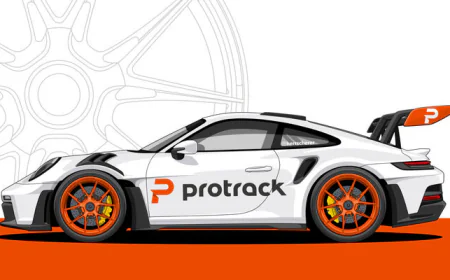
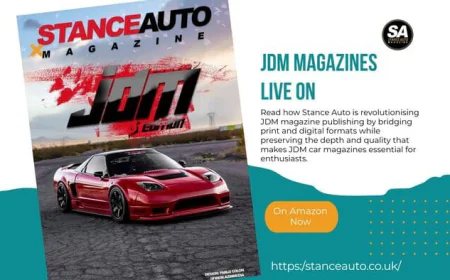
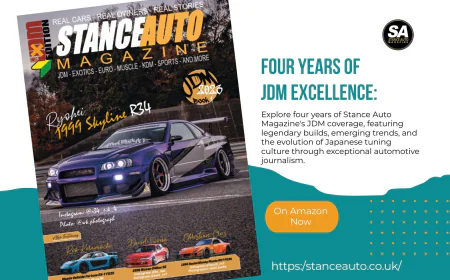
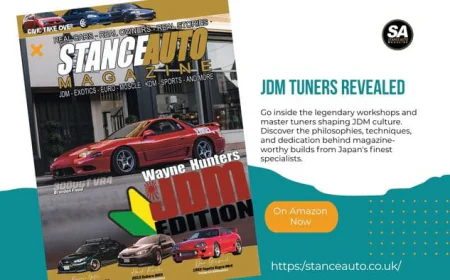
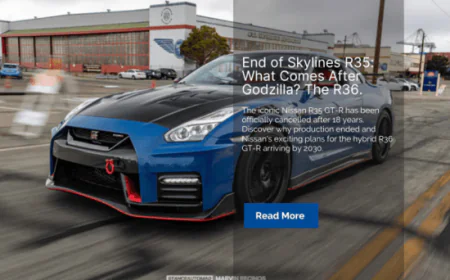

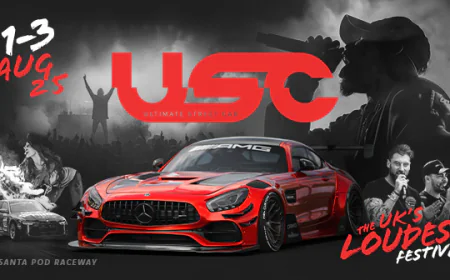
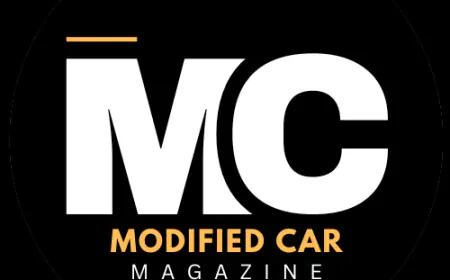





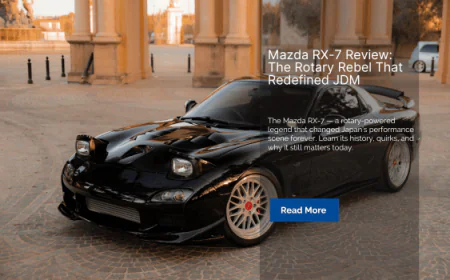
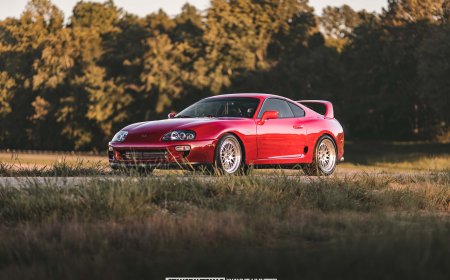
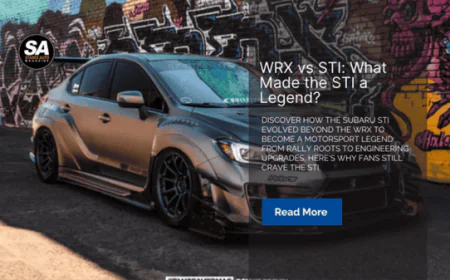
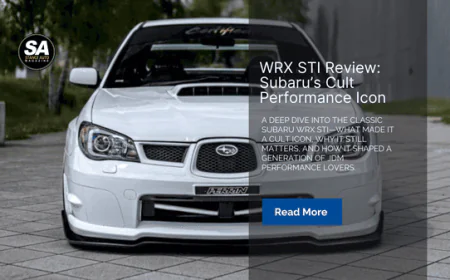
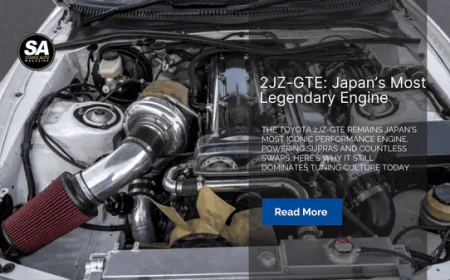
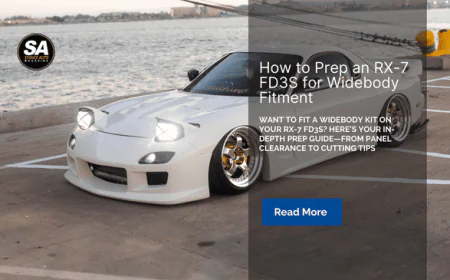

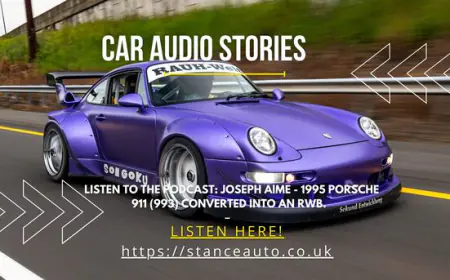
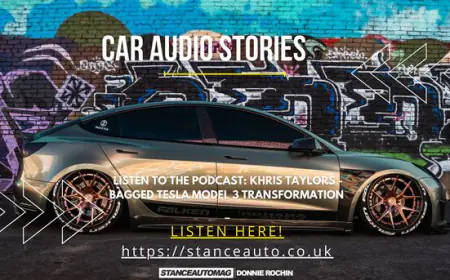
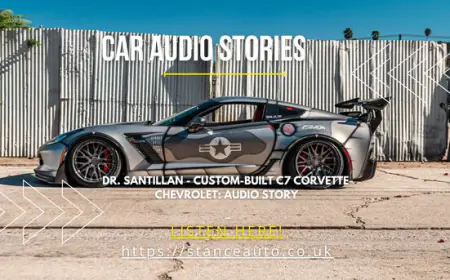





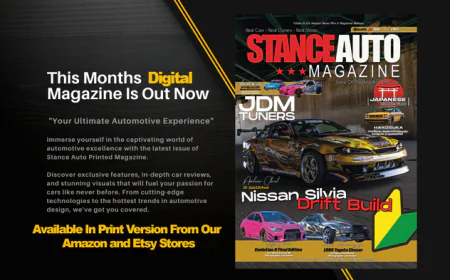
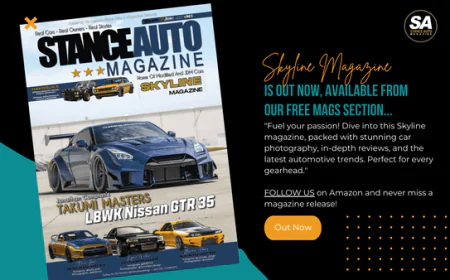

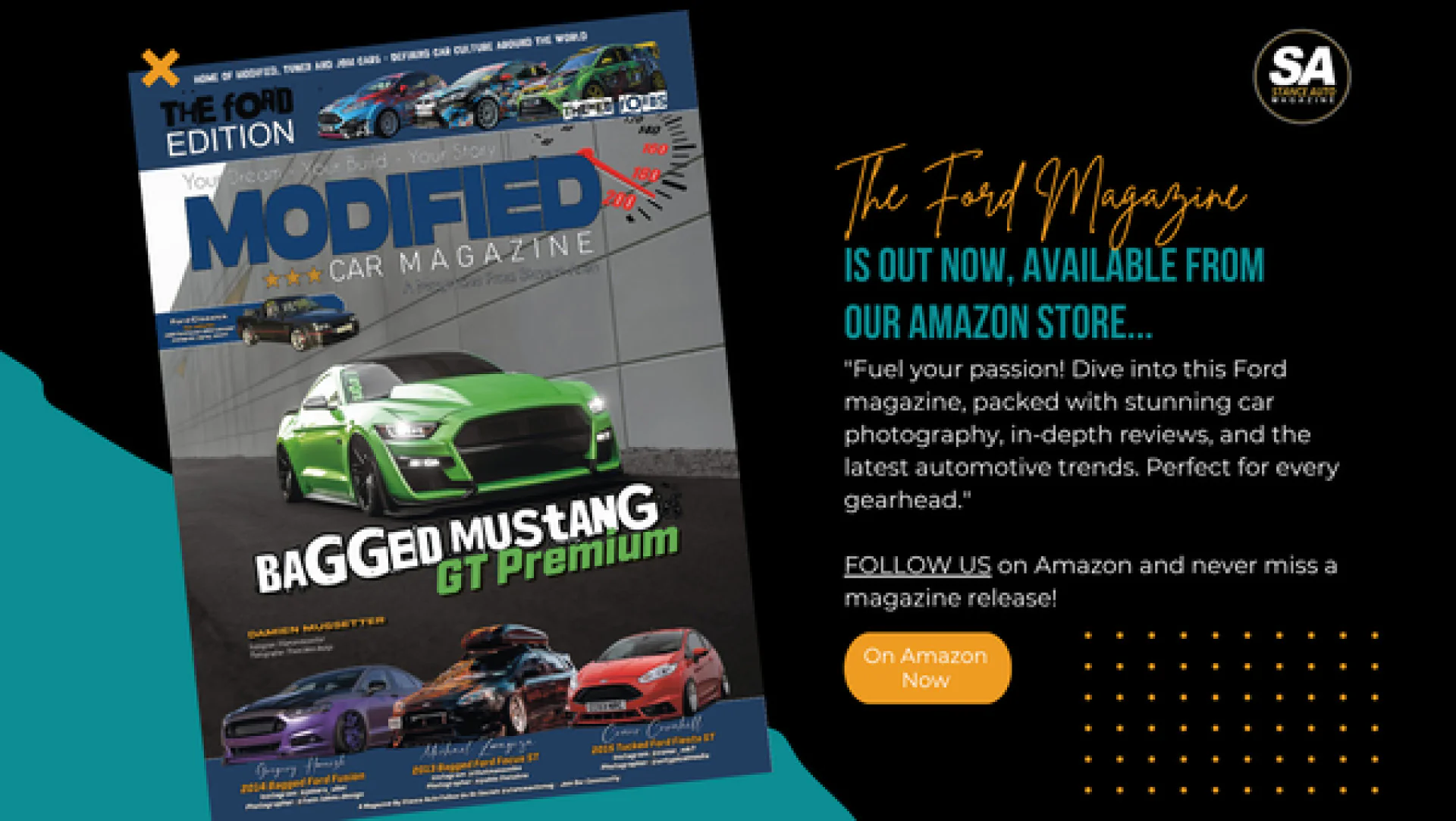


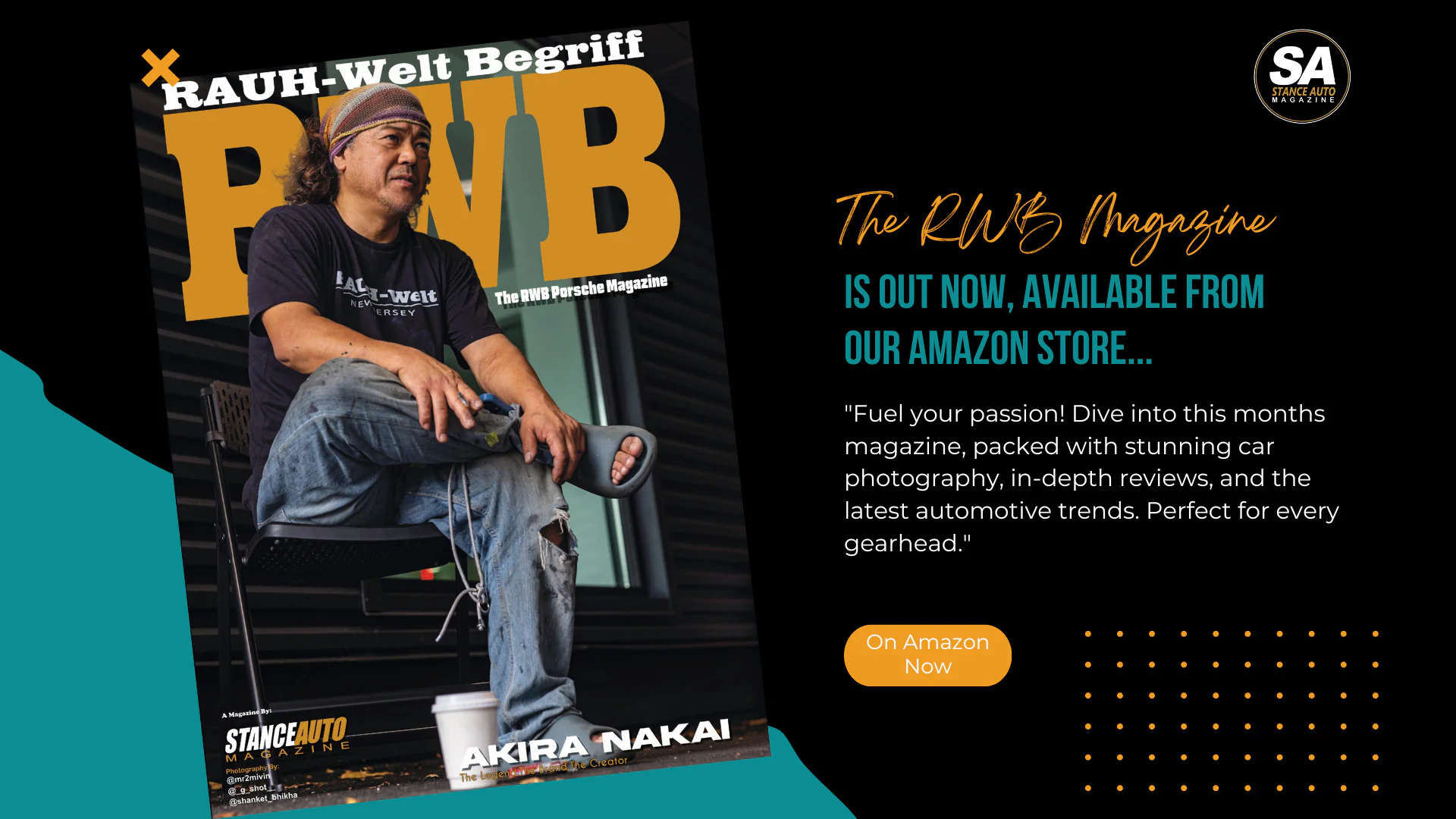
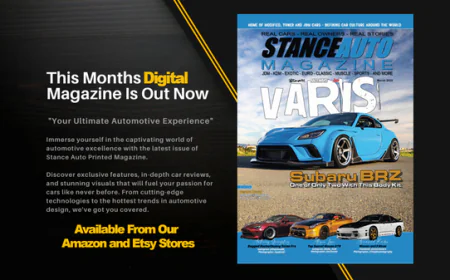
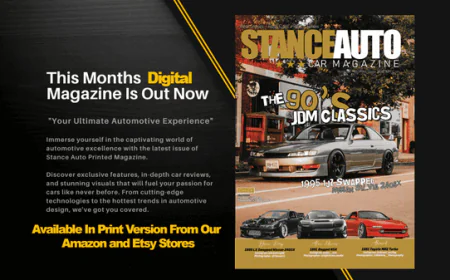
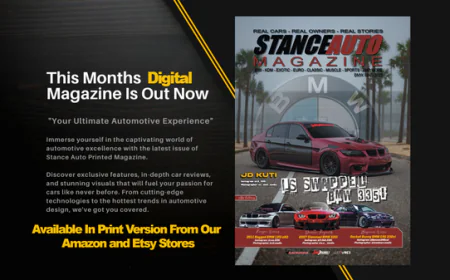
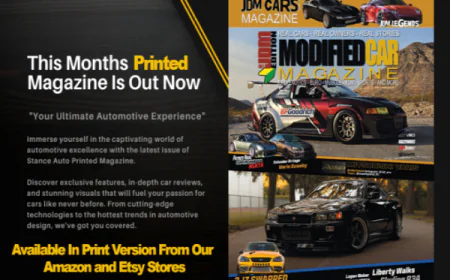
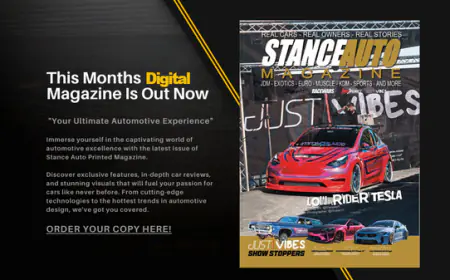

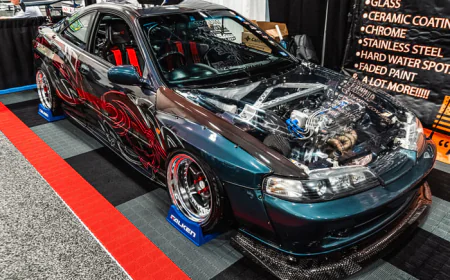
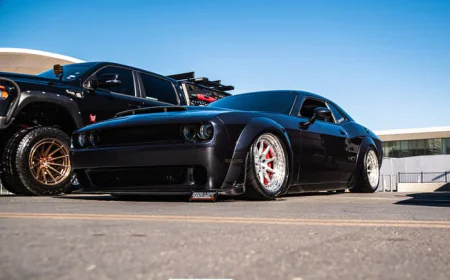
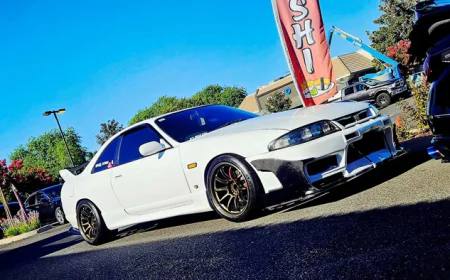
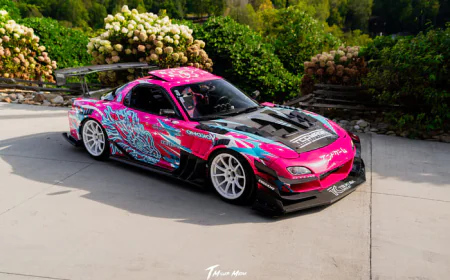
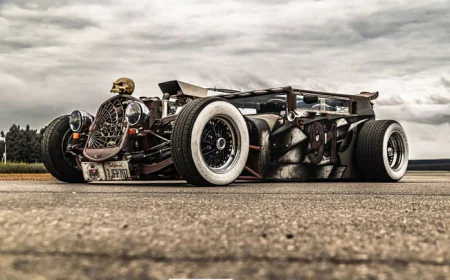
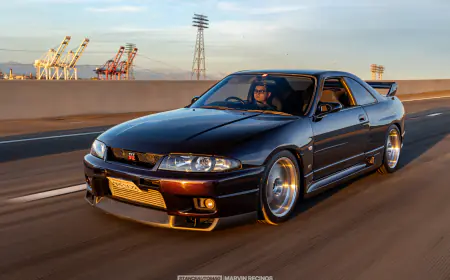

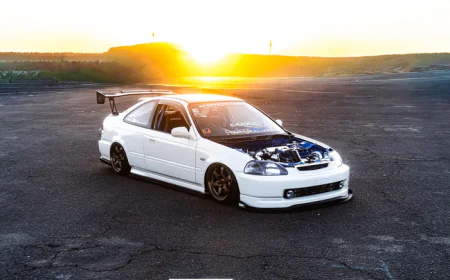
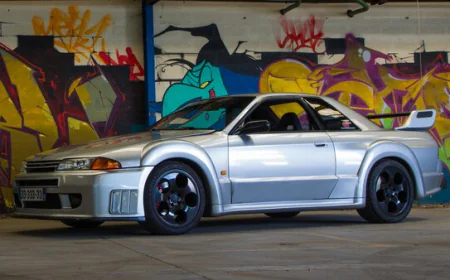
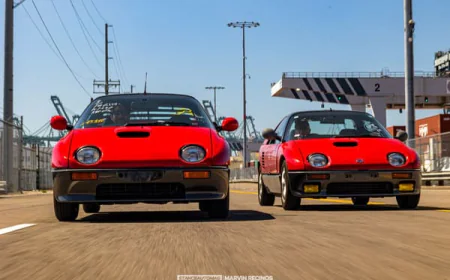
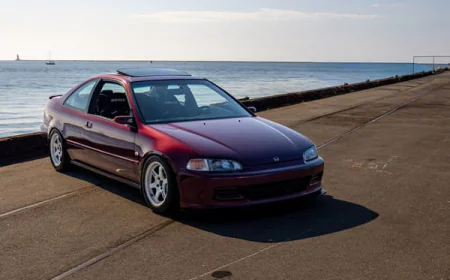
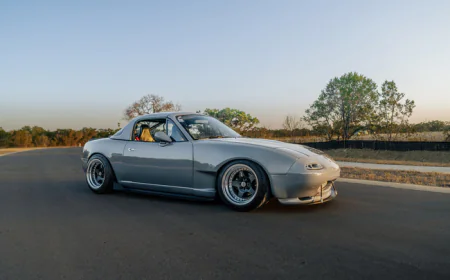

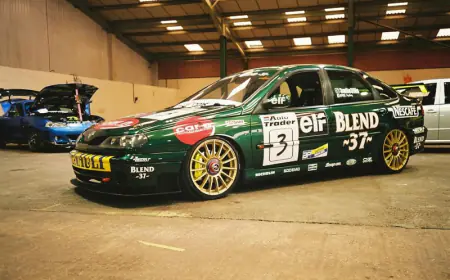

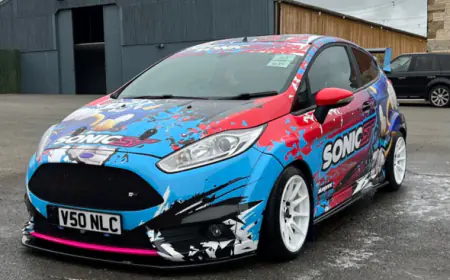

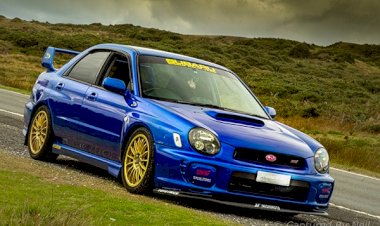

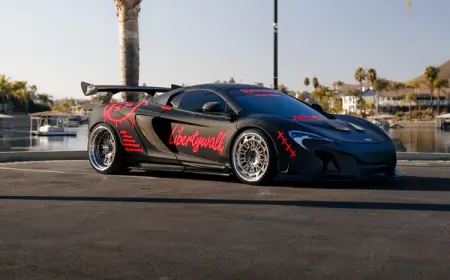
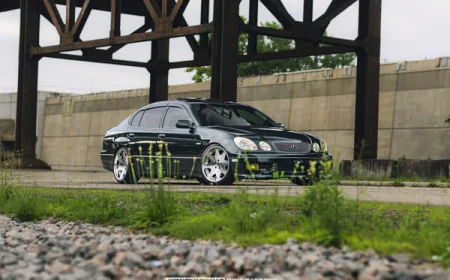

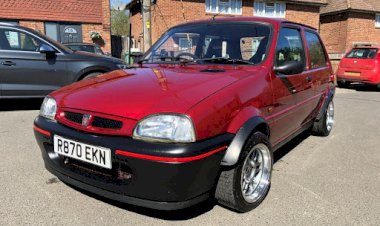
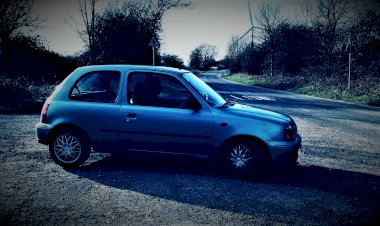

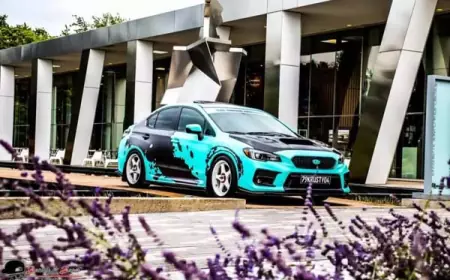


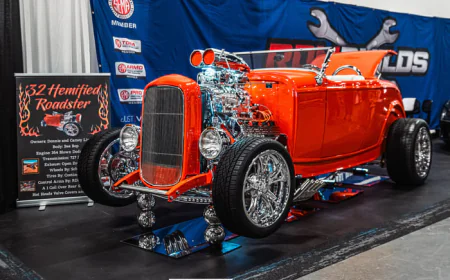
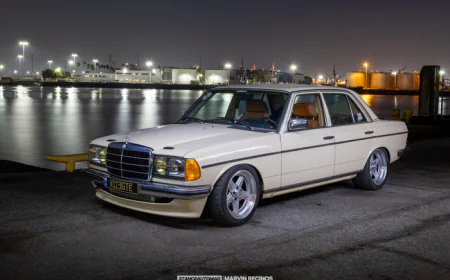

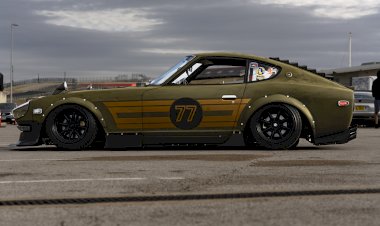

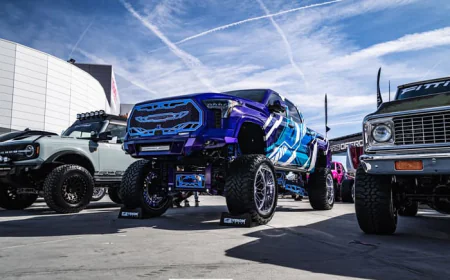
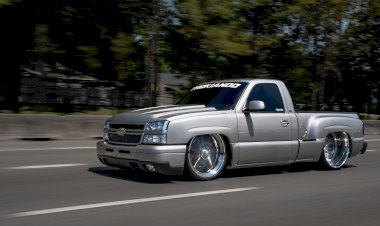


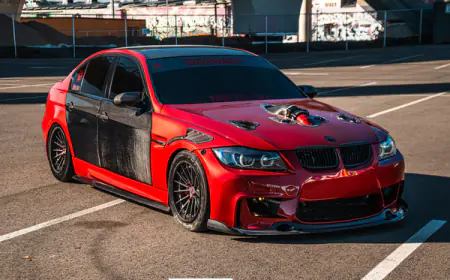
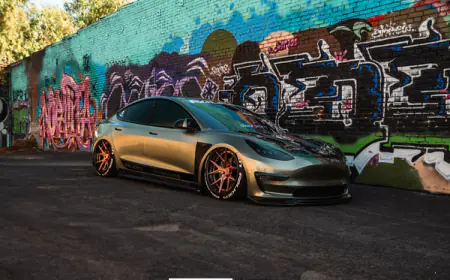
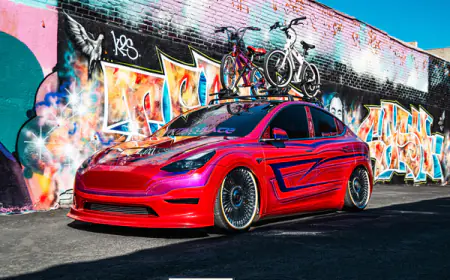



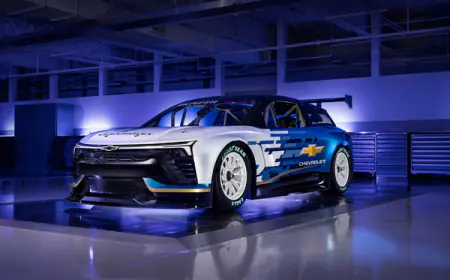

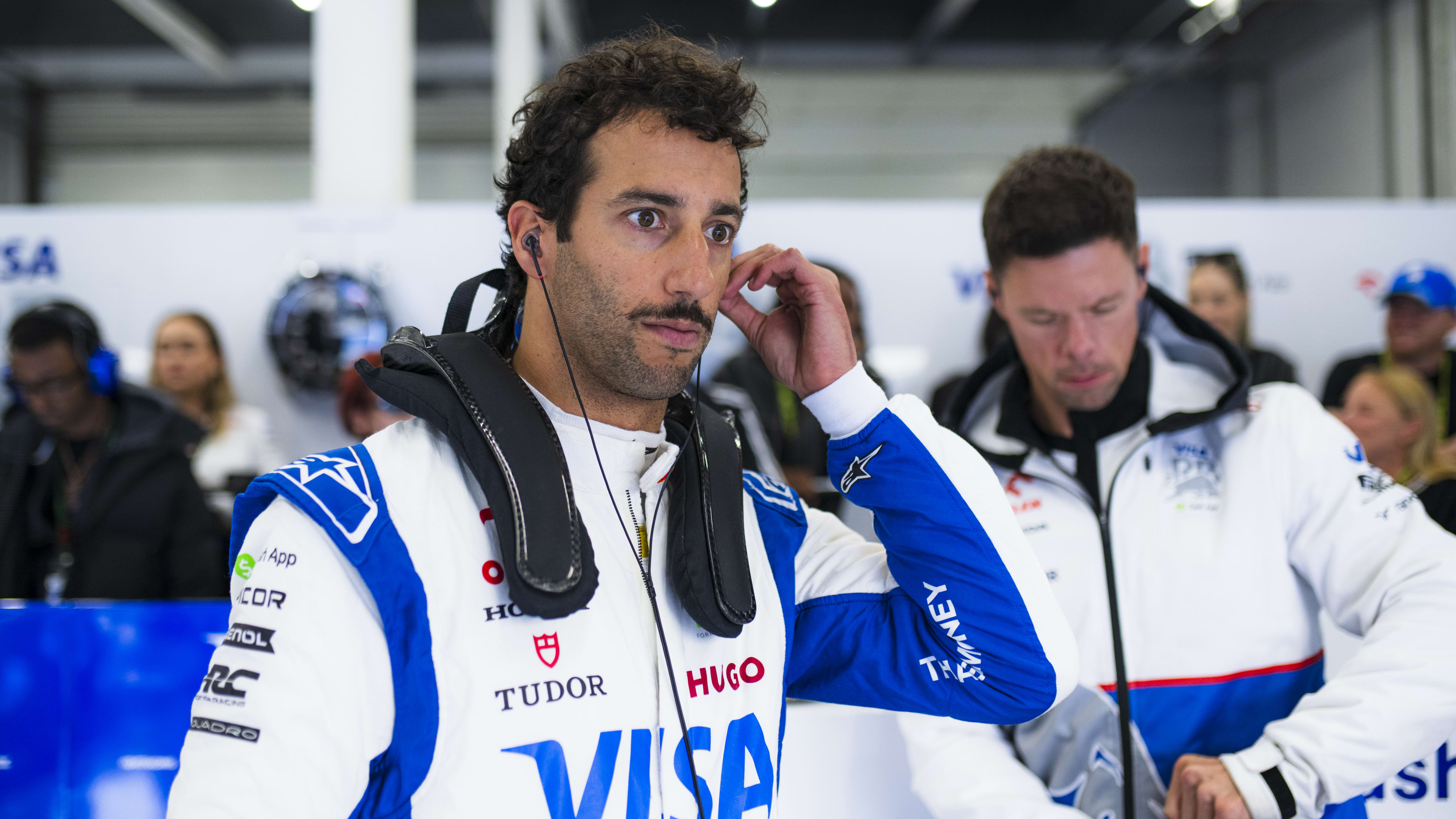
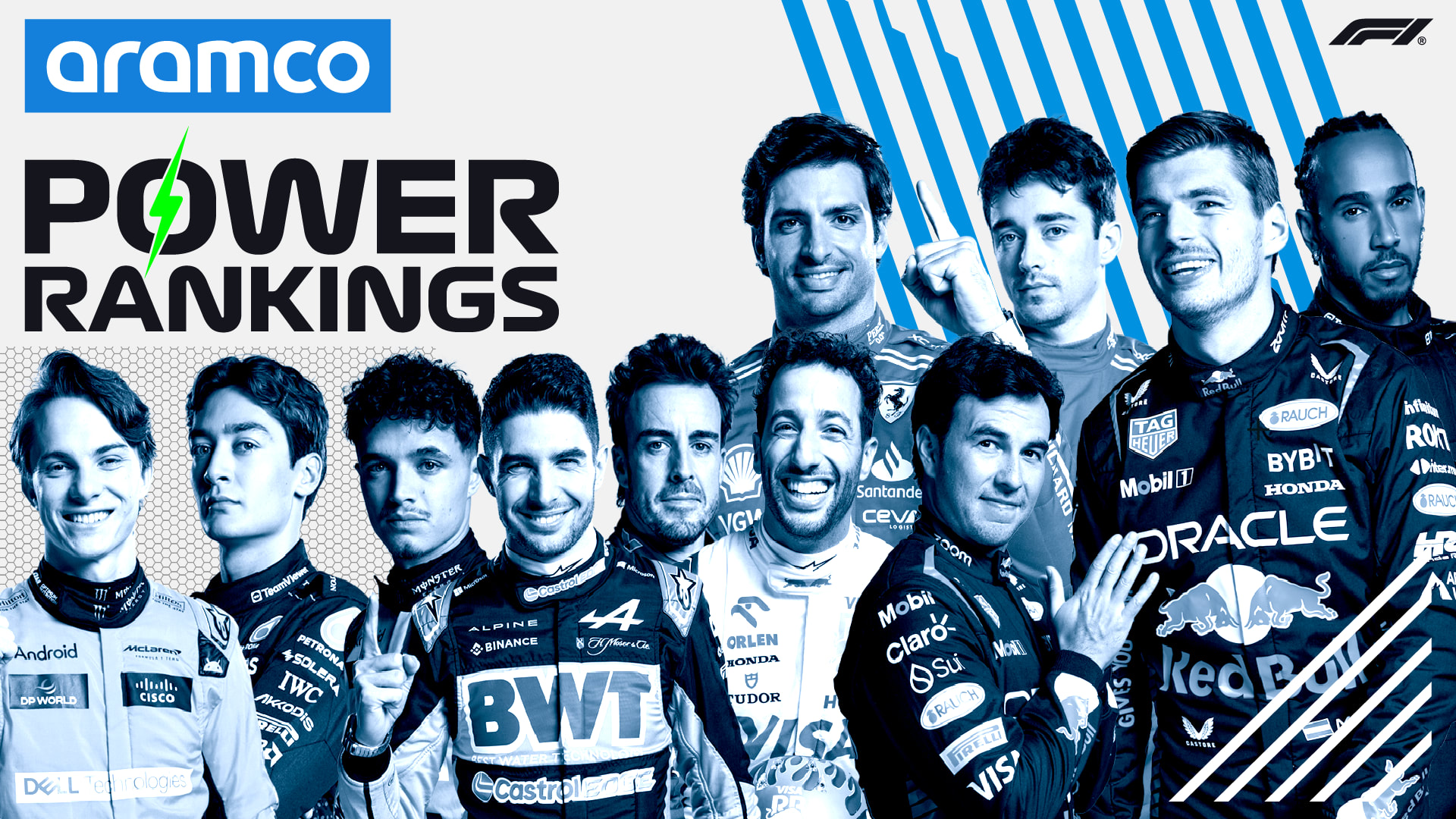

.png)
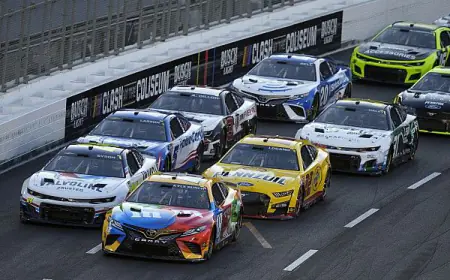
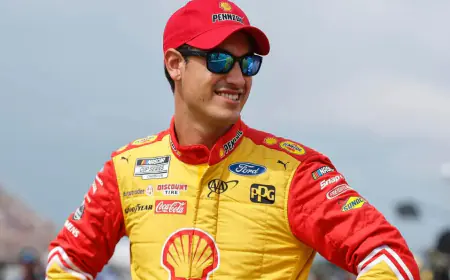
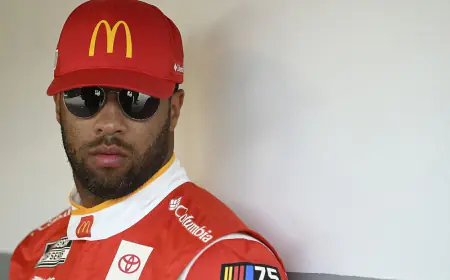


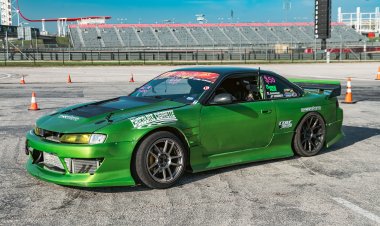



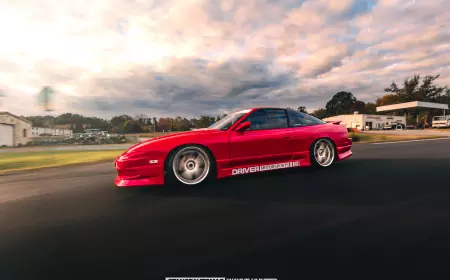
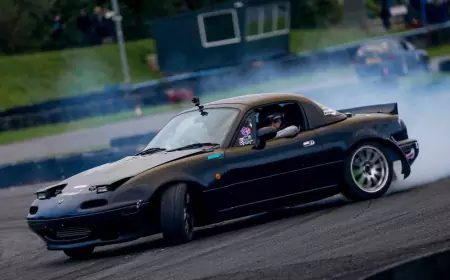

![[HOONIGAN] Ken Block's GYMKHANA NINE](https://img.youtube.com/vi/_bkX5VkZg8U/maxresdefault.jpg)


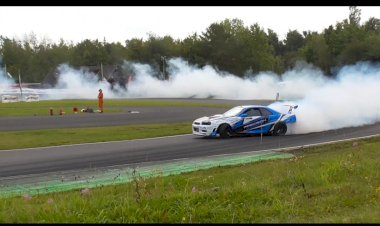







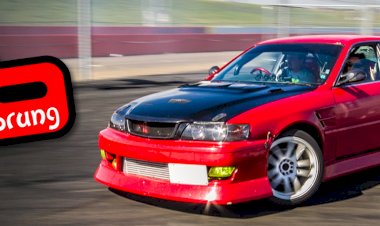
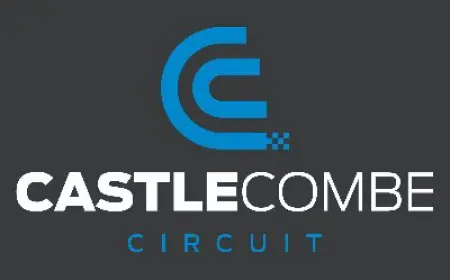







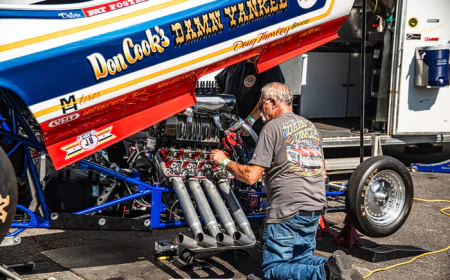
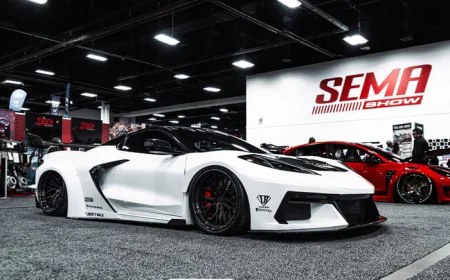
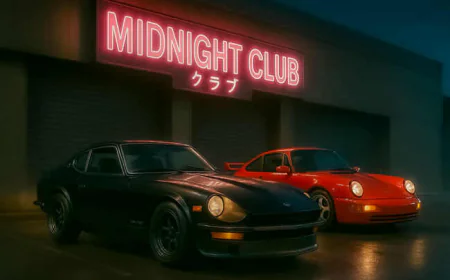
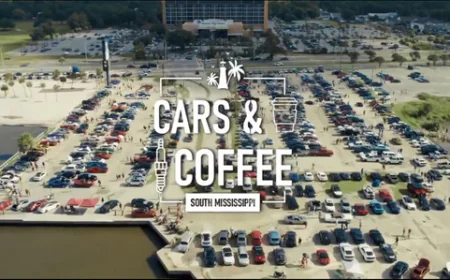
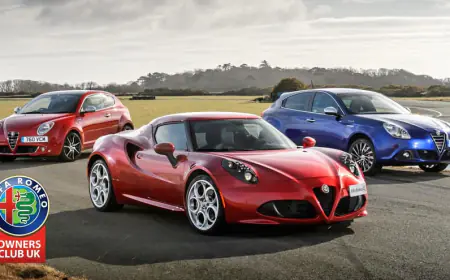



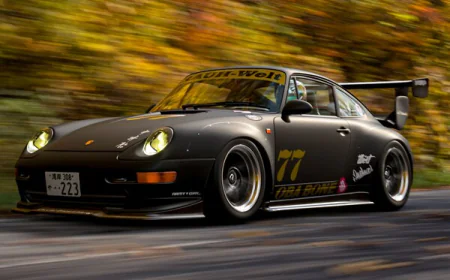
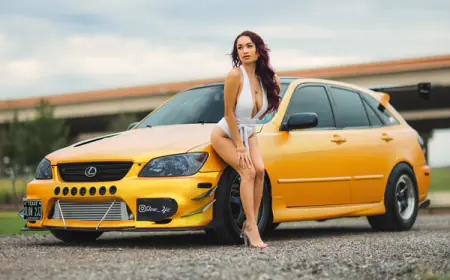
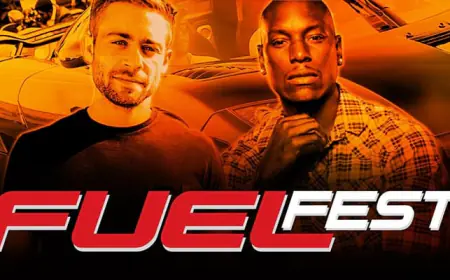


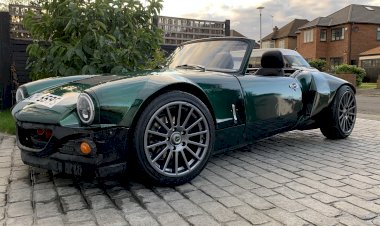
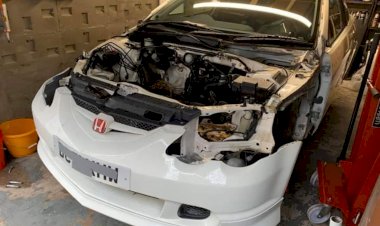
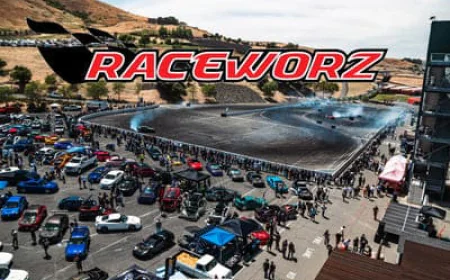
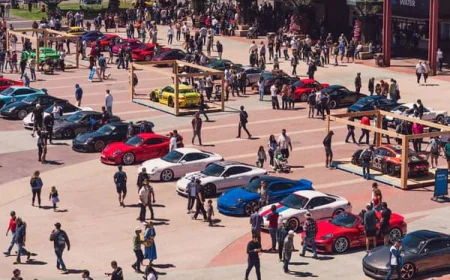
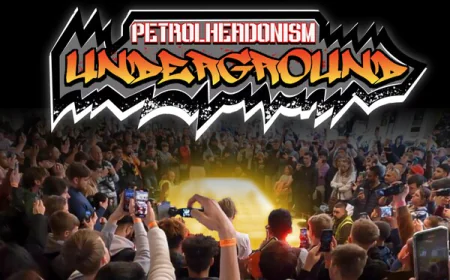
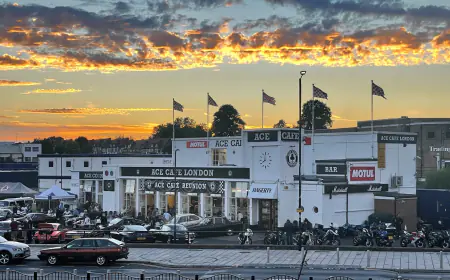
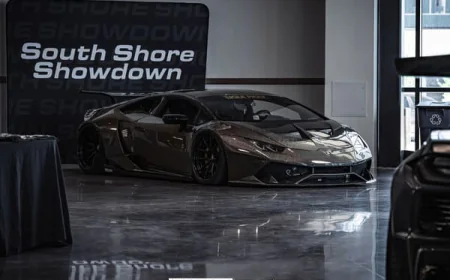
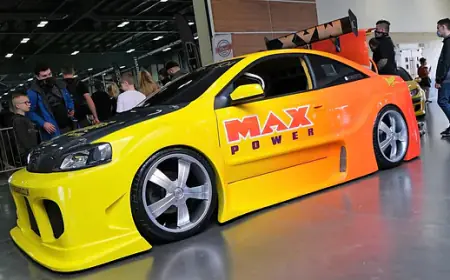
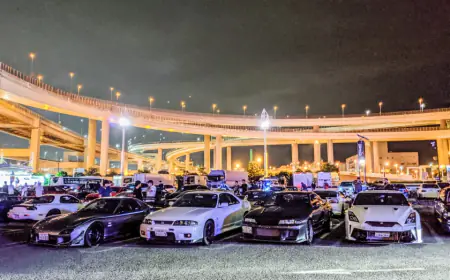
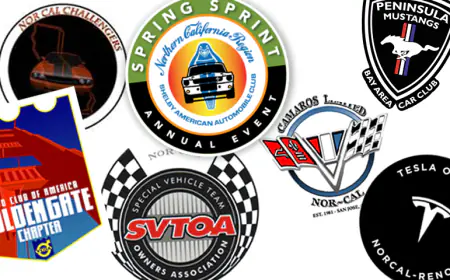
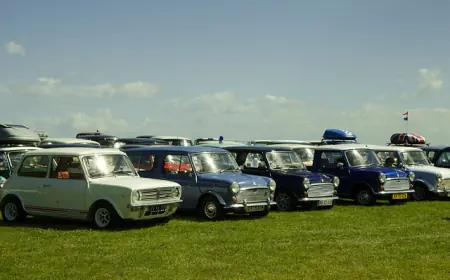









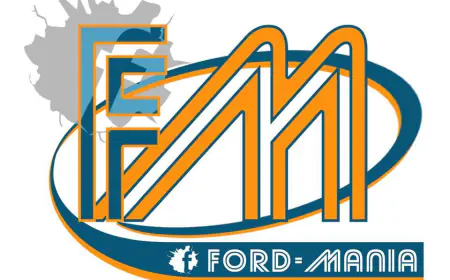


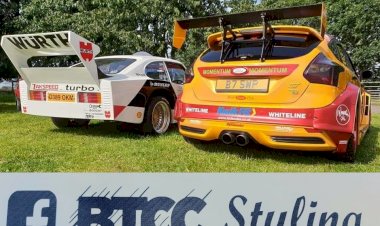

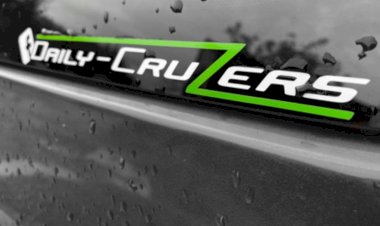






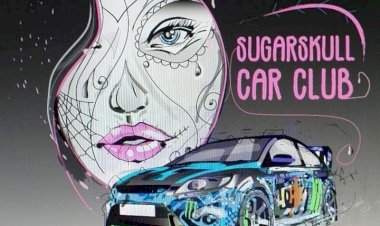


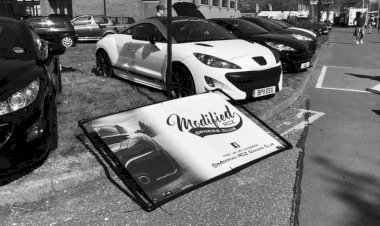


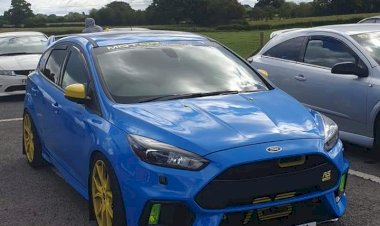



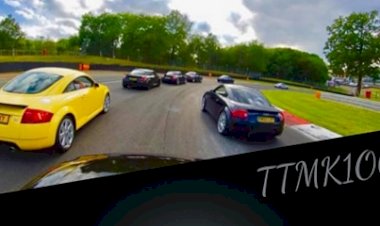


![[HOONIGAN] KEN BLOCK'S GYMKHANA SEVEN: WILD IN THE STREETS OF LOS ANGELES](https://cdn.motor1.com/images/mgl/2KlO4/s1/ken-block-london-tour-directors-cut.jpg)


